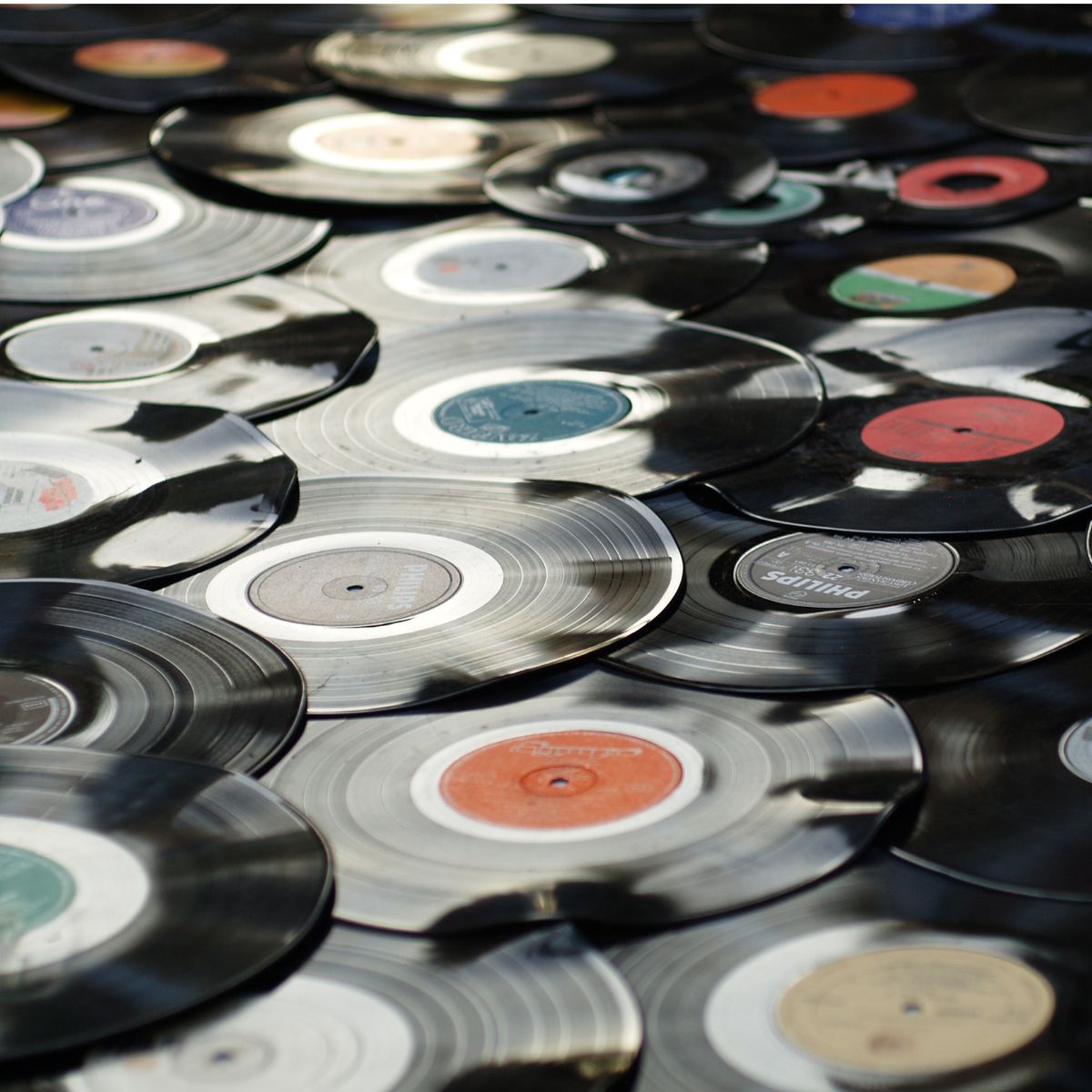Vinyl records, once thought to be a relic of the past, have experienced a remarkable resurgence in popularity over the past decade. This revival of interest is not just a nostalgic trip; it represents a renewed appreciation for the unique qualities of vinyl as a medium. For many, collecting vinyl is a passionate hobby that combines a love for music with the joy of discovery and the pursuit of rare gems. The appeal of vinyl lies in its tangible nature, the ritualistic aspect of playing a record, and the often superior sound quality. Collectors range from those who cherish the memories tied to each album to audiophiles who seek the best audio experiences.
Factors Influencing Vinyl Worth
Rarity is one of the most significant factors influencing the value of a vinyl record. Limited pressings, promotional copies, or albums that were pulled from shelves for various reasons can fetch high prices due to their scarcity. The fewer copies of a record that exist, the more valuable it becomes to collectors. However, rarity alone doesn't guarantee high value; the demand for the particular record or artist also plays a crucial role.
The artist and the specific release version of a record are critical determinants of its value. Records by iconic artists like The Beatles or rare pressings of albums by cult bands can be highly sought after. Different versions of the same album, such as first pressings, misprints, or releases with unique cover art, can vary significantly in value. Collectors often seek specific versions, making them more valuable than standard releases. Historical significance can add considerable value to a vinyl record. Albums that marked a turning point in a genre, records associated with significant events, or albums that influenced the course of music history are particularly prized. This significance can be subjective, tied to cultural movements or personal memories, adding a layer of complexity to the valuation process.
Understanding the Vinyl Grading System
The grading system for vinyl records is pivotal in determining their value. This system ranges from 'Mint', indicating a record that is virtually flawless, to 'Poor', which signifies a record in very bad condition with significant issues. There are several grades in between, such as 'Near Mint', 'Very Good', and 'Good', each reflecting a specific level of wear and tear. Understanding this grading scale is crucial for both buyers and sellers, as it provides a standardized way to describe the condition of a record. The difference in value between a Near Mint and a Good record can be substantial, making accurate grading a key skill in vinyl valuation.
The condition of a vinyl record, as determined by its grade, directly impacts its market value. Records in Mint or Near Mint condition are the most sought after and command the highest prices, especially for rare or popular albums. As the condition deteriorates, the value decreases accordingly. It's important to note that the grading is not just about the vinyl disc itself but also includes the condition of the sleeve and any additional materials like inserts or posters.
Accurate grading requires a keen eye and experience. It involves closely examining the vinyl for scratches, warps, and other defects, and assessing the sleeve for wear, tears, and fading. Collectors often use a strong light source to highlight any imperfections on the vinyl surface. Learning to grade accurately is a skill that can be developed over time, and it's a valuable tool for any vinyl collector. It ensures fair pricing and helps in making informed decisions when buying or selling records.
Assessing the Condition of Vinyl Records
The condition of the record sleeve is a significant part of the overall assessment. A sleeve in good condition without bends, tears, or significant fading can increase the value of a record. Special editions with unique artwork or historical sleeves can be particularly valuable. Collectors should carefully inspect the sleeve for signs of aging, water damage, or other issues that might affect its value. Scratches on a vinyl record can significantly affect its playback quality and, consequently, its value. Light surface scratches might only cause minor audio issues, while deep scratches can make a record unplayable. It's important to distinguish between superficial marks that don't affect play and more serious damage. A visual inspection under good lighting can help identify these defects, but sometimes playing the record is the only way to truly assess the impact of the scratches.
Warping is another critical issue that can affect a vinyl record. Warped records can cause tracking issues and distortion during playback. The severity of the warp and its impact on play will influence the record's grade and value. Warping can occur due to poor storage conditions, such as exposure to heat or pressure. It's a crucial factor to check, especially when evaluating older records or those that have not been stored properly.
Maintaining and Enhancing Value
There are best practices for caring for vinyl records and strategies for upgrading or curating a collection to preserve or increase its value over time. Proper care and thoughtful curation are essential for maintaining and enhancing the value of your vinyl collection over time. Store records vertically in a cool, dry environment to prevent warping and moisture damage, and use anti-static inner sleeves along with protective outer covers to guard against dust and scratches. Always handle records by the edges or label to avoid transferring oils or dirt onto the grooves, and regularly clean both the vinyl and your turntable’s stylus to preserve sound quality. To upgrade your collection, periodically assess your records and consider trading or selling lower-condition duplicates in favor of higher-grade copies or more desirable editions. Focus on building a collection around specific artists, genres, or eras that have enduring appeal and recognized market value. By combining diligent care with strategic upgrades, collectors can both protect their investment and ensure their collection’s long-term appeal and worth.
Pressings and Their Impact on Value
Original Pressings vs Reissues
The distinction between original pressings and reissues plays a significant role in the valuation of vinyl records. Original pressings are the first batches of records released by the artist or label, often carrying a higher value due to their authenticity and historical significance. Collectors treasure these original copies for their original artwork, mastering, and the intrinsic value associated with owning a piece of music history.
Reissues, on the other hand, are subsequent releases of the same album, sometimes remastered or reproduced with different artwork or additional tracks. While they offer a more accessible and often more affordable option for collectors, reissues generally hold less value than their original counterparts. This disparity in value is mainly due to the abundance and lack of originality in reissues. However, certain reissues, especially those with remastering improvements or limited edition releases, can still be highly sought after.
Collectibility of Different Pressings
The collectibility of a vinyl record largely depends on the pressing itself. Limited edition pressings, colored vinyl, picture discs, and promotional copies are highly coveted due to their rarity and unique attributes. For instance, a limited edition colored vinyl might have been produced in a small batch, making it rare and thus more valuable. Similarly, promotional copies, often marked as "not for sale," were initially distributed to radio stations and reviewers and are now prized for their exclusivity. Collectors often seek pressings that have a specific historical or cultural significance. For example, pressings released during an artist's lifetime or those associated with significant events in music history can fetch higher prices. The appeal of owning a piece of music history adds to the value of these pressings, making them a prized addition to any collection.
How Pressing Type Influences Price
The type of pressing significantly influences the price of a vinyl record. Audiophile pressings, which are high-quality reproductions aimed at providing the best sound experience, can be more valuable due to their enhanced audio fidelity. These pressings are often made using superior materials and meticulous production processes, appealing to enthusiasts who prioritize sound quality. Similarly, first pressings, often identified by specific matrix numbers or markings in the record's runout groove, can command higher prices. These first editions are the closest to the original recording, often containing nuances and qualities lost in subsequent pressings. The rarity and desirability of these first pressings make them a valuable asset in any vinyl collection.
Resources and Tools for Vinyl Valuation
Utilizing Price Guides Effectively
Price guides are invaluable tools for collectors looking to understand the value of their vinyl records. These guides provide estimated market values based on sales data, rarity, and the condition of records. They can be found in both printed formats and online databases, offering a comprehensive overview of pricing trends and historical data.
When using price guides, it's essential to consider their limitations. The values presented are often averages and may not reflect current market trends or regional variations. Therefore, collectors should use price guides as a starting point and supplement this information with further research and market observation.
Online Databases and Their Benefits
Online databases have become a cornerstone for vinyl collectors, providing extensive information on various pressings, artist discographies, and current market values. Websites like Discogs and Popsike offer user-generated data, sales history, and a platform for buying and selling records. These databases allow collectors to track the value of their collection over time, observe market trends, and make informed decisions when buying or selling records. The interactive nature of these databases provides a dynamic and current perspective on vinyl valuation. Collectors can see real-time data on what records are selling for, compare different pressings, and even discover rare albums they might not have known about. This wealth of information makes online databases a vital resource in the vinyl collecting community.
Seeking Expert Appraisals
For collectors with rare or particularly valuable records, seeking expert appraisals can be a crucial step in understanding their collection's worth. Professional appraisers have the knowledge and experience to accurately assess a record's value, taking into account factors such as rarity, condition, and market demand. Expert appraisals can be especially useful when insuring a collection, selling a rare item, or simply for a collector's peace of mind. These appraisals provide an objective and informed valuation, often more precise than general market estimates. Collectors can find appraisers through record stores, auctions, and specialist collectors' clubs.
Resources and Tools for Vinyl Valuation
Seeking Expert Appraisals
Apart from personal appraisal services, there are also appraisal events and online services where experts can evaluate your collection. These services can offer insights into the uniqueness of your records and provide a historical context, which might significantly increase their value. For those looking to sell their collection, an expert appraisal is a credible way to justify the asking price, attracting serious buyers and ensuring a fair deal.
Market Dynamics and Investment Potential in Vinyl Records
The role of supply and demand, online sales, auctions, and the potential for vinyl records to serve as an investment in the market for vinyl records continues to surge, especially among new generations of enthusiasts. Limited supply, whether due to out-of-print titles or low-production runs, can quickly escalate a record’s value. Online sales platforms and auction sites have further transformed the landscape, creating global marketplaces where rare finds can spark bidding wars and set new benchmarks for prices. This digital accessibility not only broadens the reach for buyers and sellers but also increases transparency in market trends and valuations. For those viewing vinyl as an investment, both short-term and long-term strategies can be effective. Short-term investors might focus on trending artists or limited editions that are currently in high demand, capitalizing on market buzz. In contrast, long-term collectors often seek historically significant albums or artists with enduring legacies, anticipating that their value will appreciate steadily over time as supply diminishes and cultural relevance endures.
Vinyl Valuation Process
Professional vinyl appraisal is a meticulous process that goes beyond simply glancing at a record’s cover or checking its release date. Whether you’re evaluating a single rare album or an entire collection, following a systematic approach ensures accuracy and helps maximize value. The steps below outline the key actions and considerations involved in a thorough, professional vinyl appraisal.
- Initial Inventory and Cataloging Begins by creating a detailed inventory of all records to be appraised. List each album’s artist, title, label, catalog number, release year, and any distinguishing features such as colored vinyl, autographs, or special editions. Proper cataloging provides a clear overview of the collection and helps identify items that may warrant closer inspection or independent research due to their potential rarity or significance.
- Authentication and Verification: Confirm the authenticity of each record and its associated materials. This includes checking for original pressings, unique matrix numbers, and verifying that sleeves, inserts, and labels match the expected details for that specific release. Authentication helps distinguish genuine items from reissues, counterfeits, or reproductions, which is critical for accurate valuation and for maintaining the integrity of the appraisal process.
- Condition Assessment and Grading Carefully inspect both the vinyl and its sleeve using proper lighting and, if necessary, magnification. Assess for scratches, warping, surface marks, and other defects on the record, as well as wear, fading, or damage to the cover and inserts. Assign a grade based on standardized grading systems (such as Goldmine or Record Collector), as condition has a significant impact on value and is a key reference point for buyers and sellers.
- Market Research and Comparative Analysis: Research current market trends and comparable sales for each record or collection subset. Utilize reputable online databases, auction sites, and price guides to find recent sales of similar items in comparable condition. This step provides context for pricing, highlights fluctuations in demand, and ensures the appraisal reflects up-to-date market realities rather than outdated or anecdotal information.
- Documentation and Reporting: Compile a comprehensive appraisal report that includes itemized values, supporting notes, and relevant market data. Professional documentation should be clear, well-organized, and suitable for use in insurance, estate planning, or sales negotiations. This final report not only substantiates the appraised values but also provides a valuable record for future reference or collection management.
By following these steps, collectors and professionals can achieve an accurate, defensible appraisal that reflects both the tangible and intangible value of a vinyl record or collection. A structured approach ensures transparency, supports informed decision-making, and helps preserve the legacy and worth of cherished music artifacts for years to come.
The future of vinyl collecting looks promising, with new generations discovering the allure of vinyl records. As technology evolves, we might see advancements in vinyl production and preservation, which could influence the market. Moreover, the continued interest in vintage and limited edition pressings suggests that certain records will remain highly sought after, maintaining or even increasing their value over time. In the age of digital music, vinyl records stand out for their tangible connection to music history and culture. For collectors, understanding the intricacies of vinyl valuation is not just about financial worth but also about appreciating the cultural and historical significance of these timeless pieces. Discover, collect, and celebrate the art of analog sound with Vinyl.com. As we move forward, the passion for vinyl is likely to keep the market vibrant, ensuring that vinyl records remain a treasured part of music history for years to come.

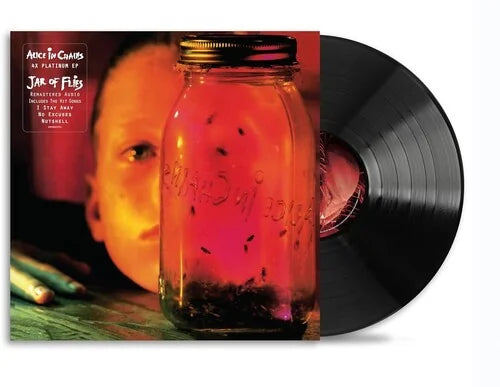

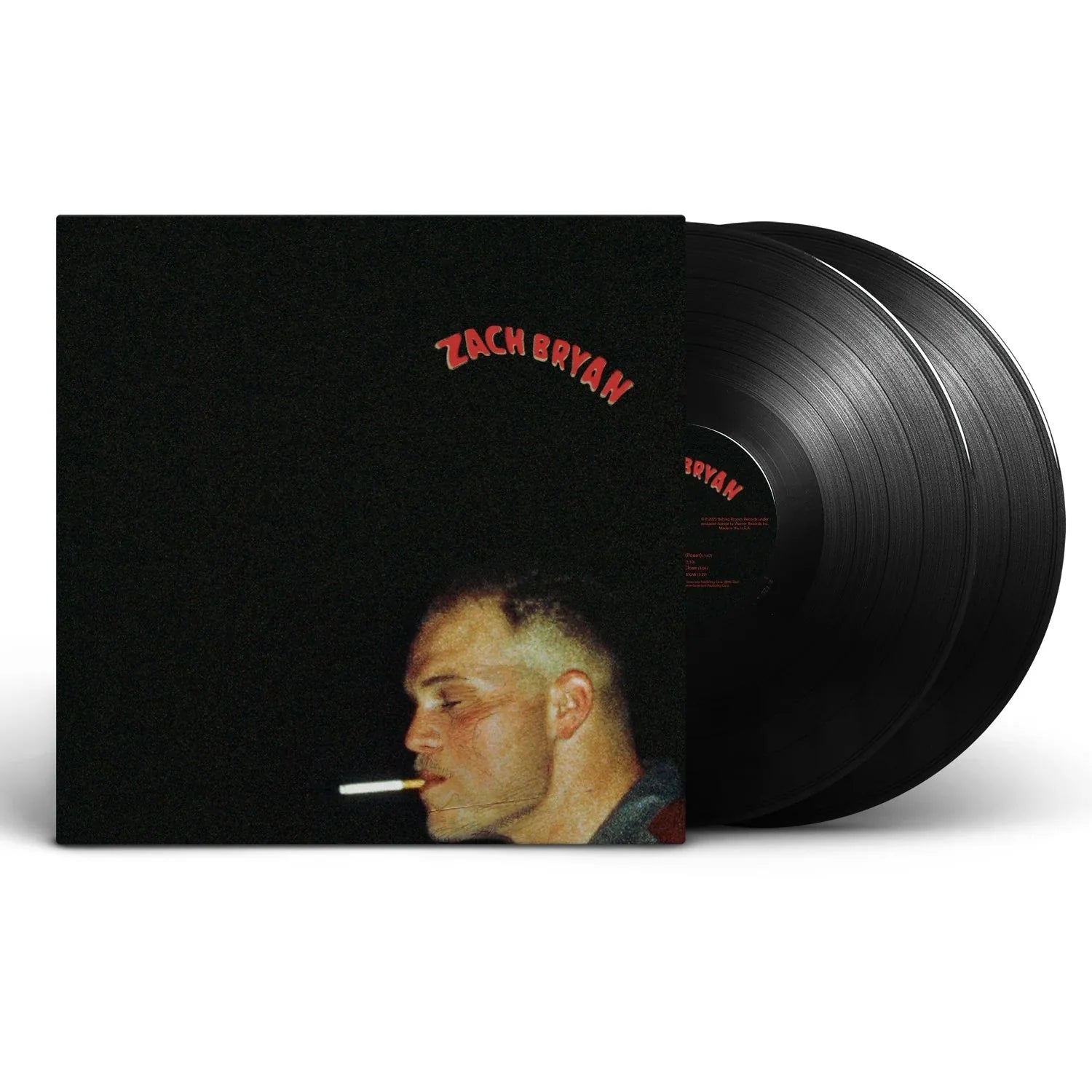
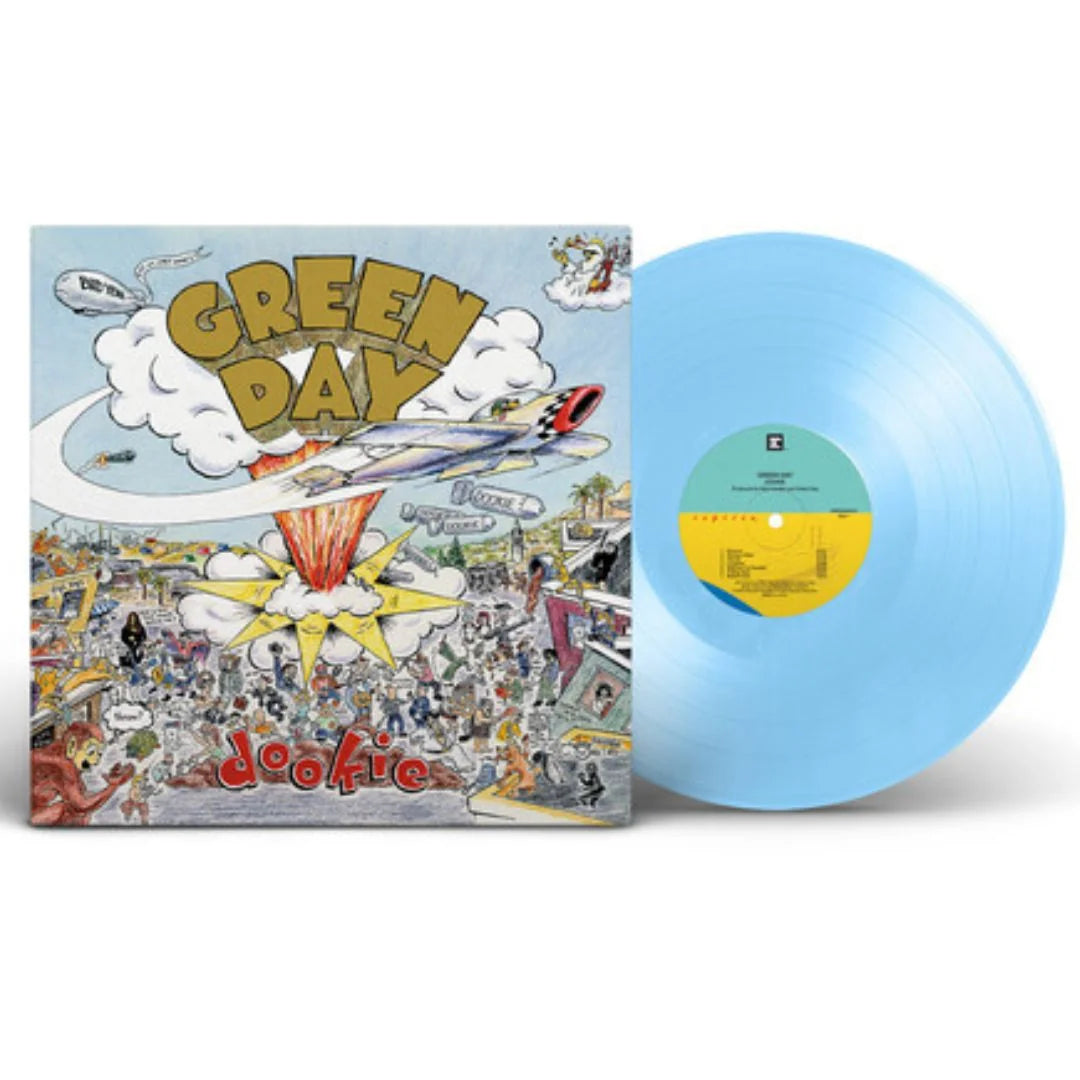
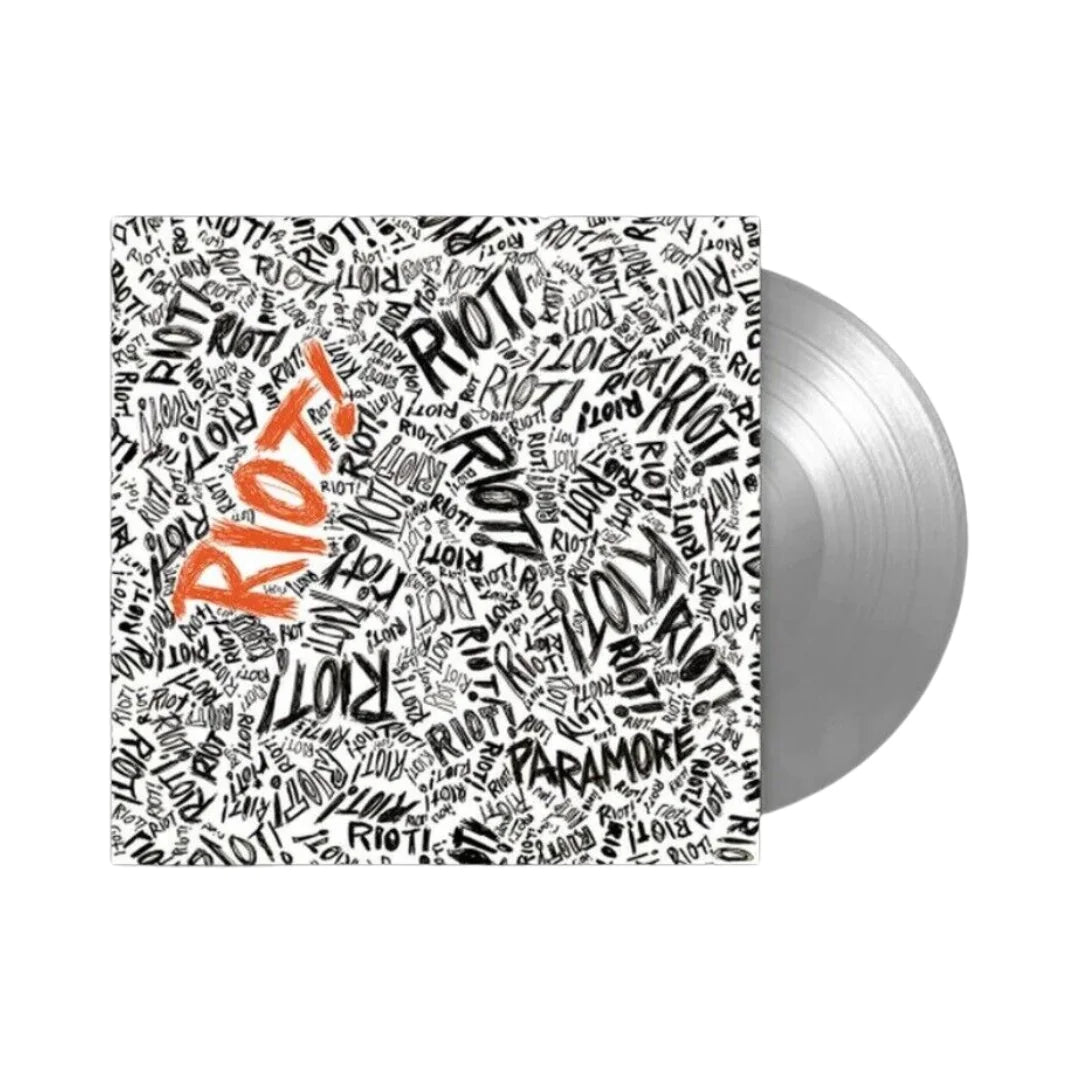
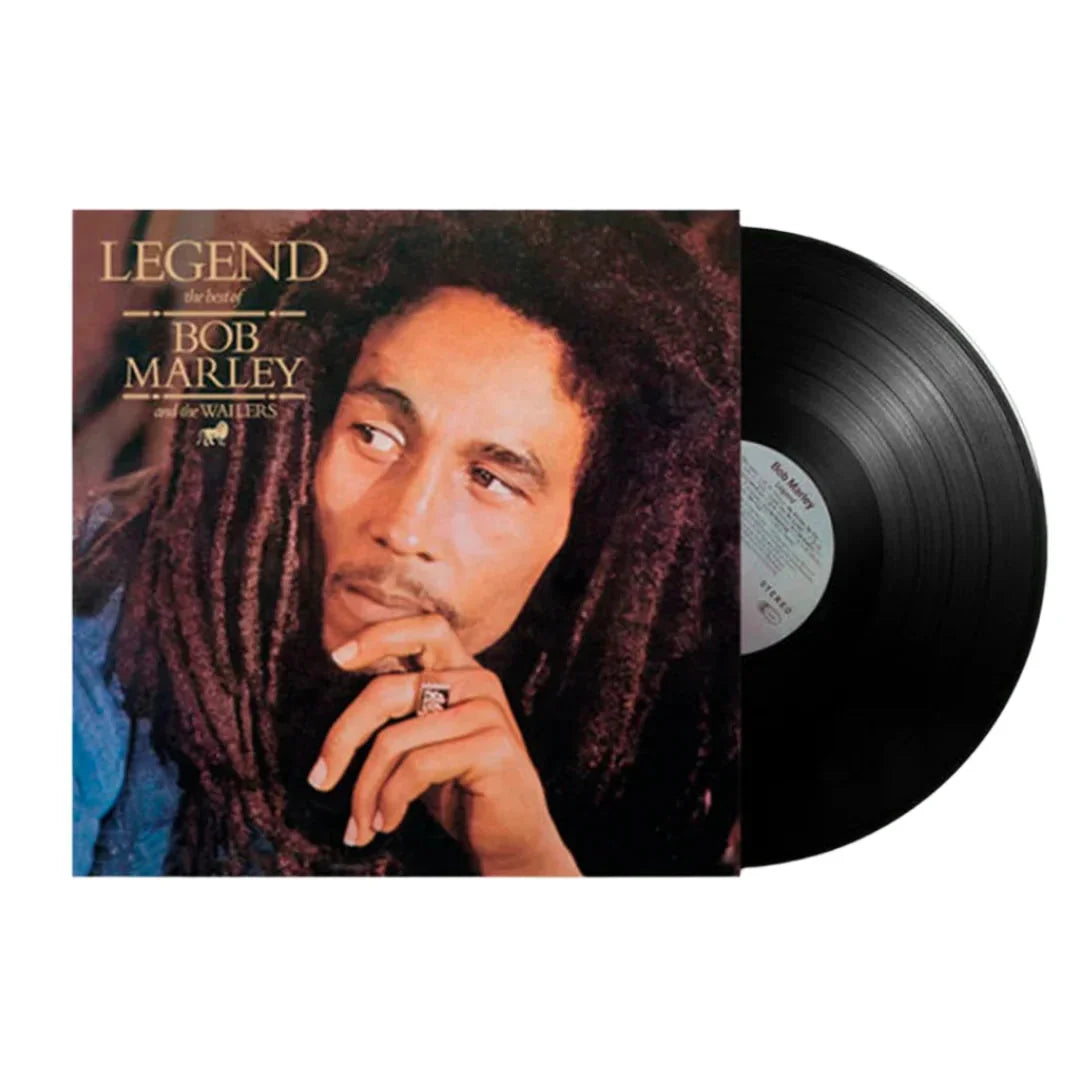

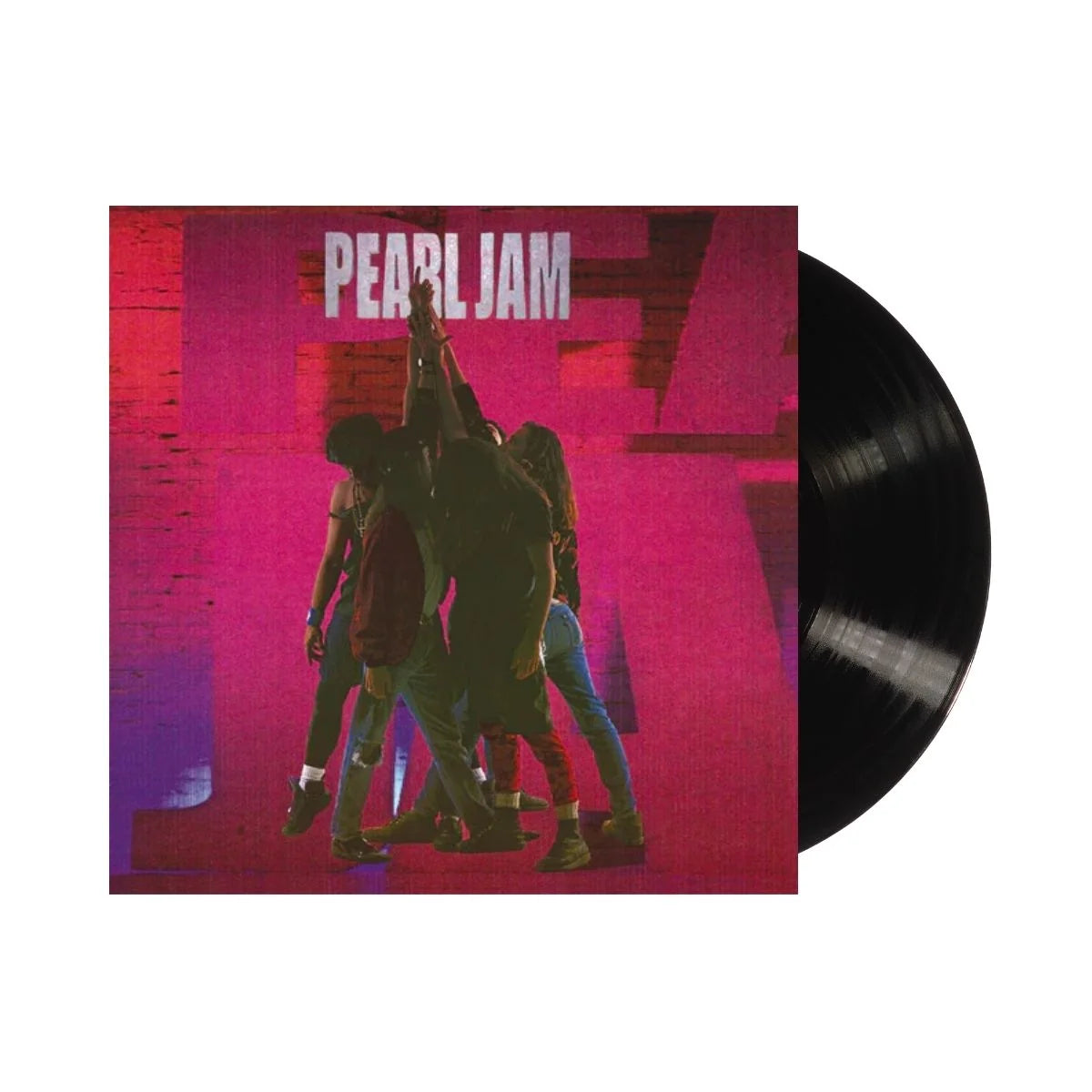
![The Grateful Dead - The Music Never Stopped [6LP Box Set]](http://vinyl.com/cdn/shop/files/The_Grateful_Dead-The_Music_Never_Stopped__6LP_Box_Set.jpg?v=1747729623&width=5760)
![The Grateful Dead - Madison Square Garden, New York, NY 3/9/81 (2023 Rocktober Edition) [5LP Box Set]](http://vinyl.com/cdn/shop/files/4247396-3042523.jpg?v=1758034700&width=5760)

![Sufjan Stevens - Songs For Christmas [5LP Box Set]](http://vinyl.com/cdn/shop/files/3576666.jpg?v=1684195276&width=5760)

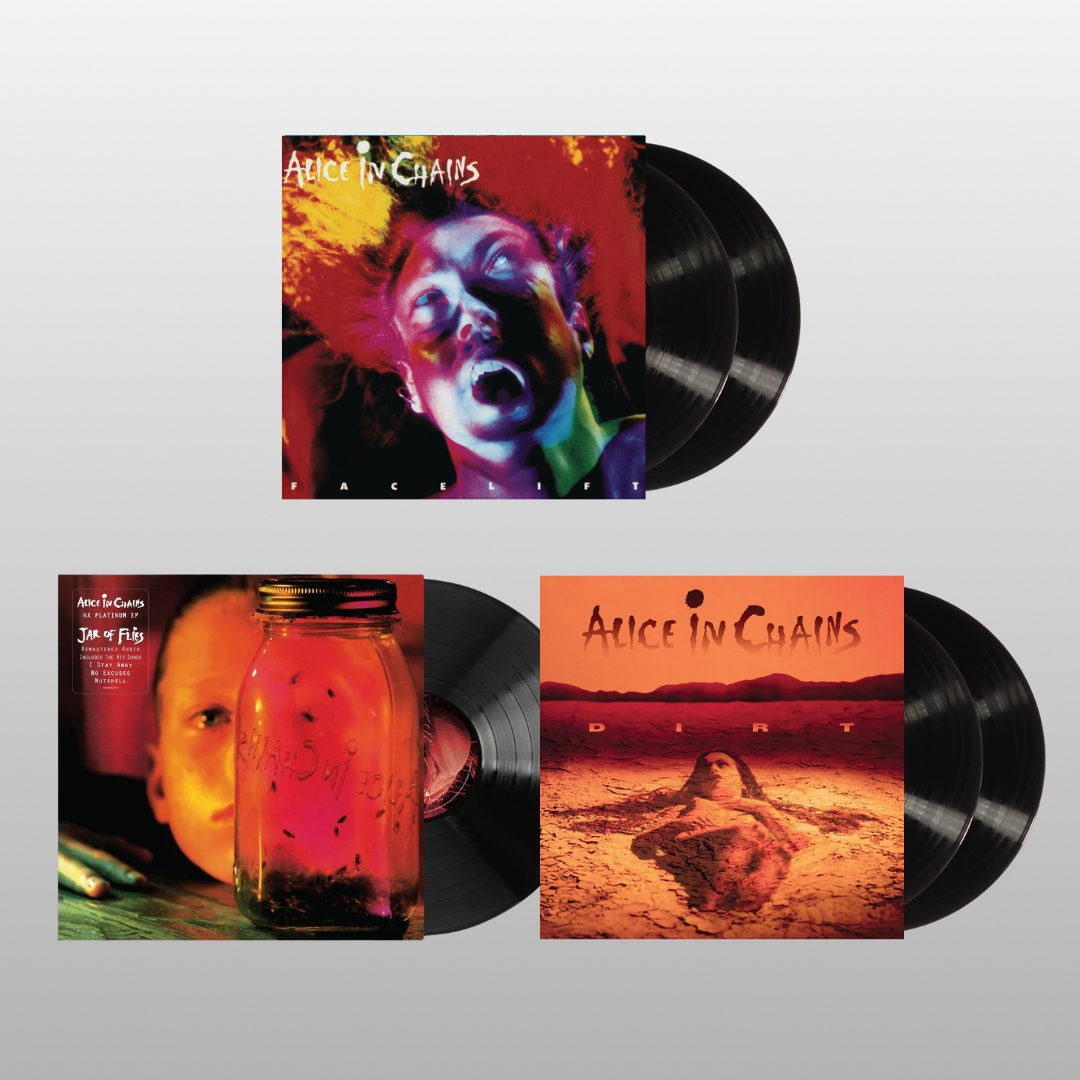
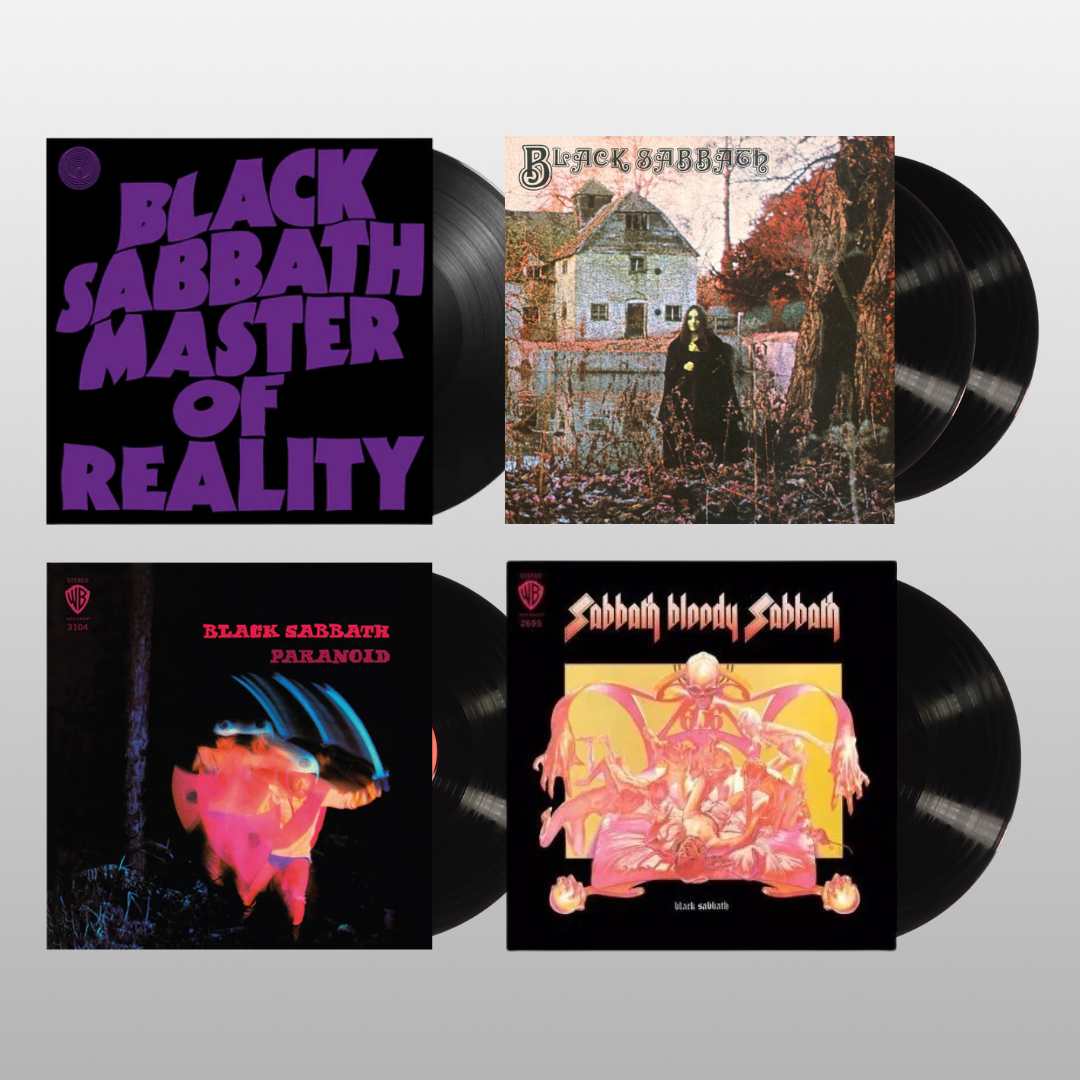

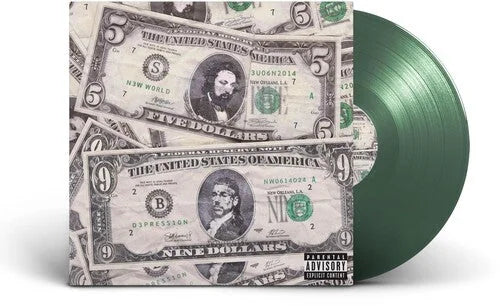
![$Uicideboy$ - Thy Kingdom Come [Clear]](http://vinyl.com/cdn/shop/files/4435583-3407920.jpg?v=1754460746&width=5760)
![(hed) p.e. - New And Improved [Pink]](http://vinyl.com/cdn/shop/files/4425252-3389420.jpg?v=1746578880&width=5760)
![1 Locate S - Wicked Jaw [Sky Blue]](http://vinyl.com/cdn/shop/files/4217742-2982879.jpg?v=1693273095&width=5760)
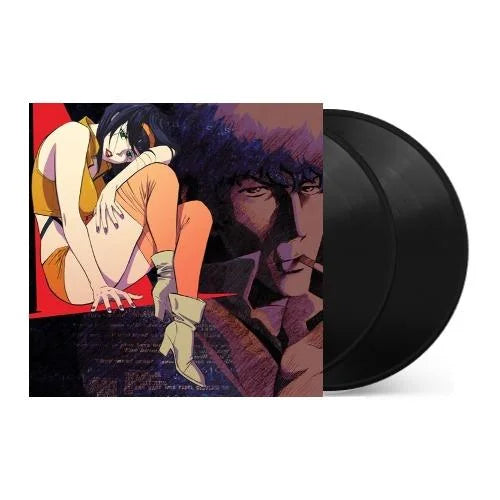
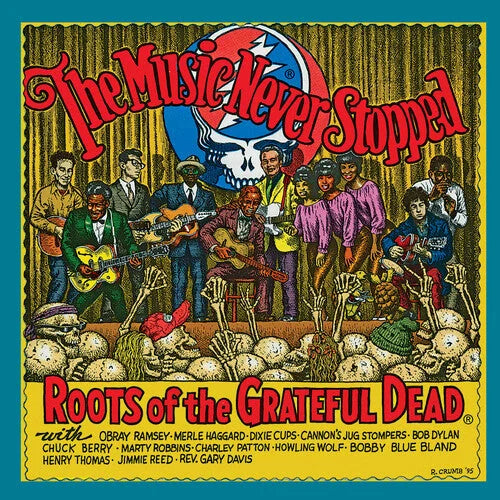

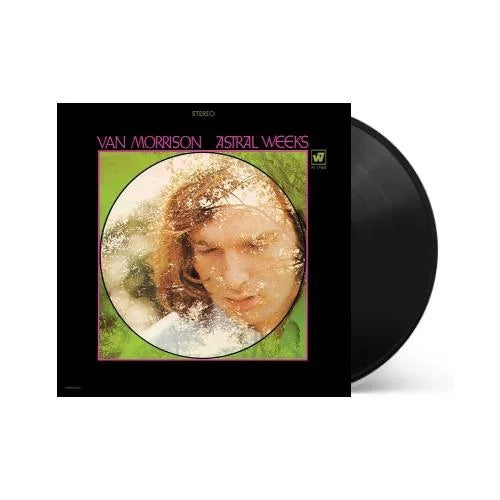
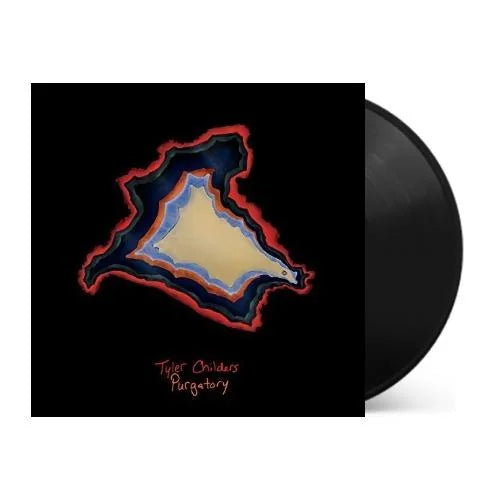
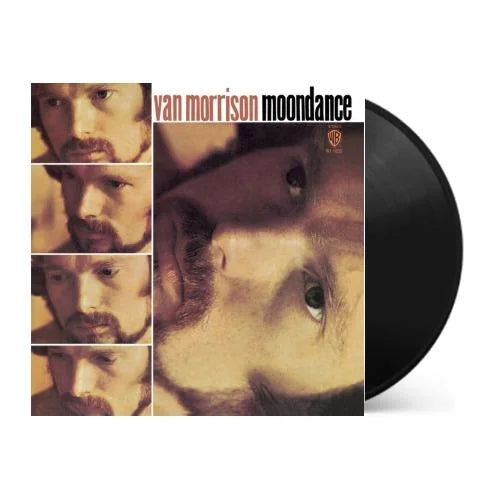
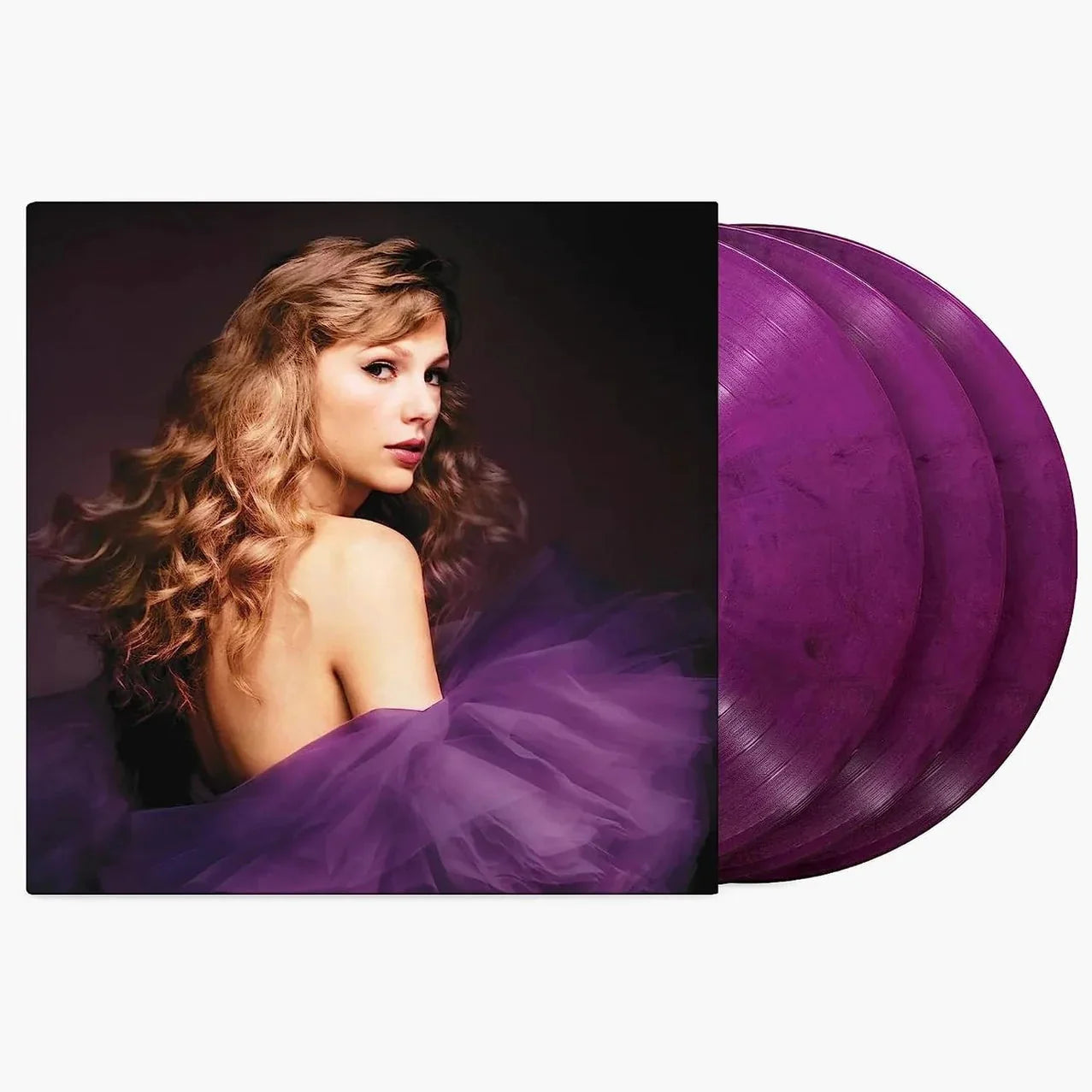
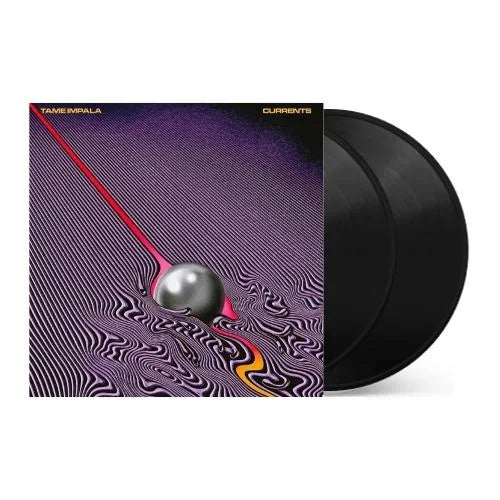
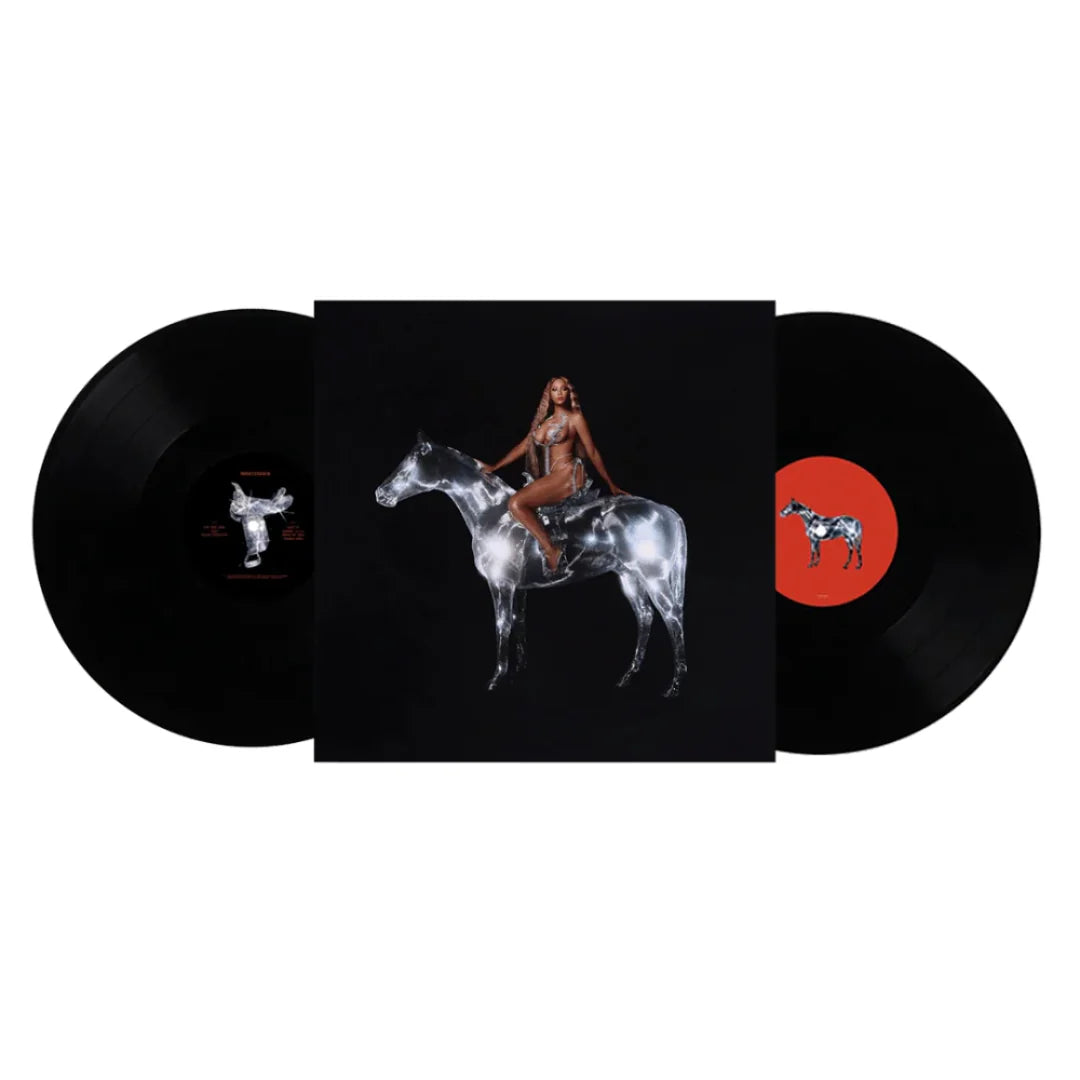
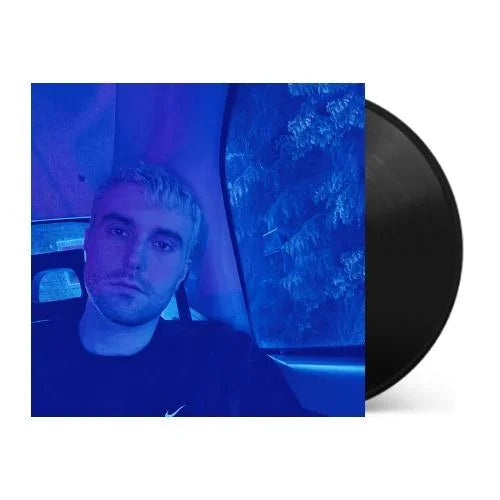
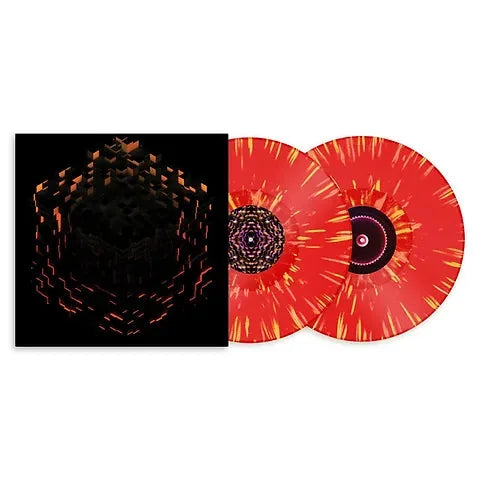
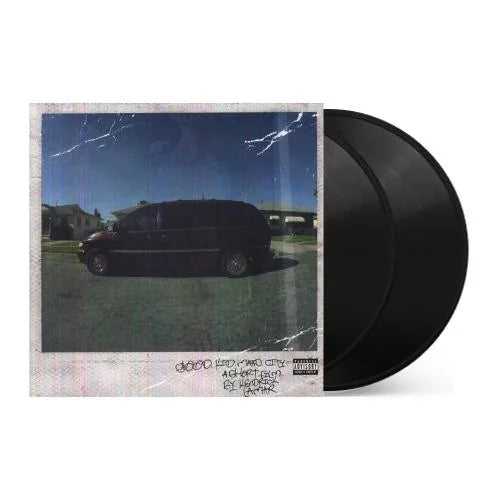
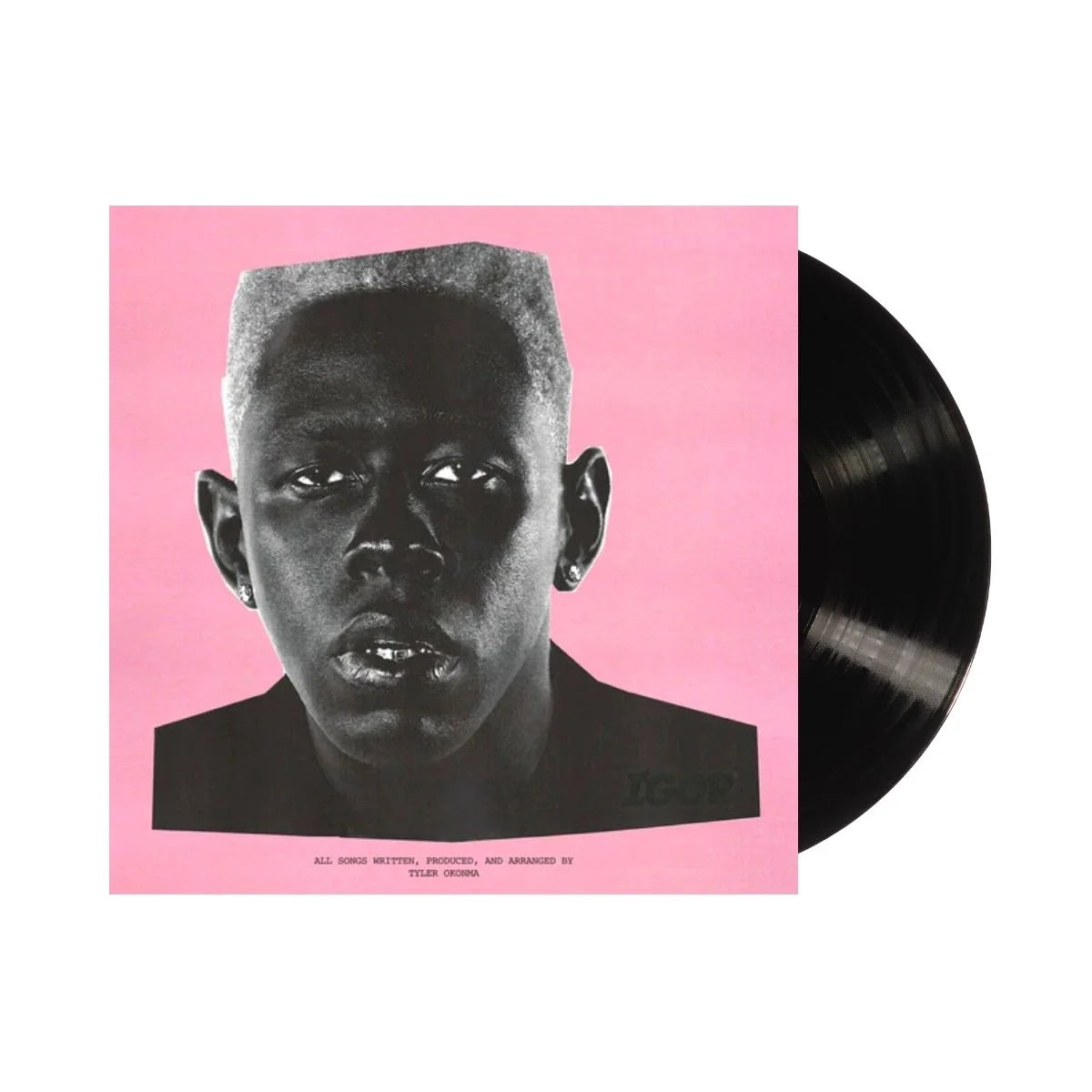
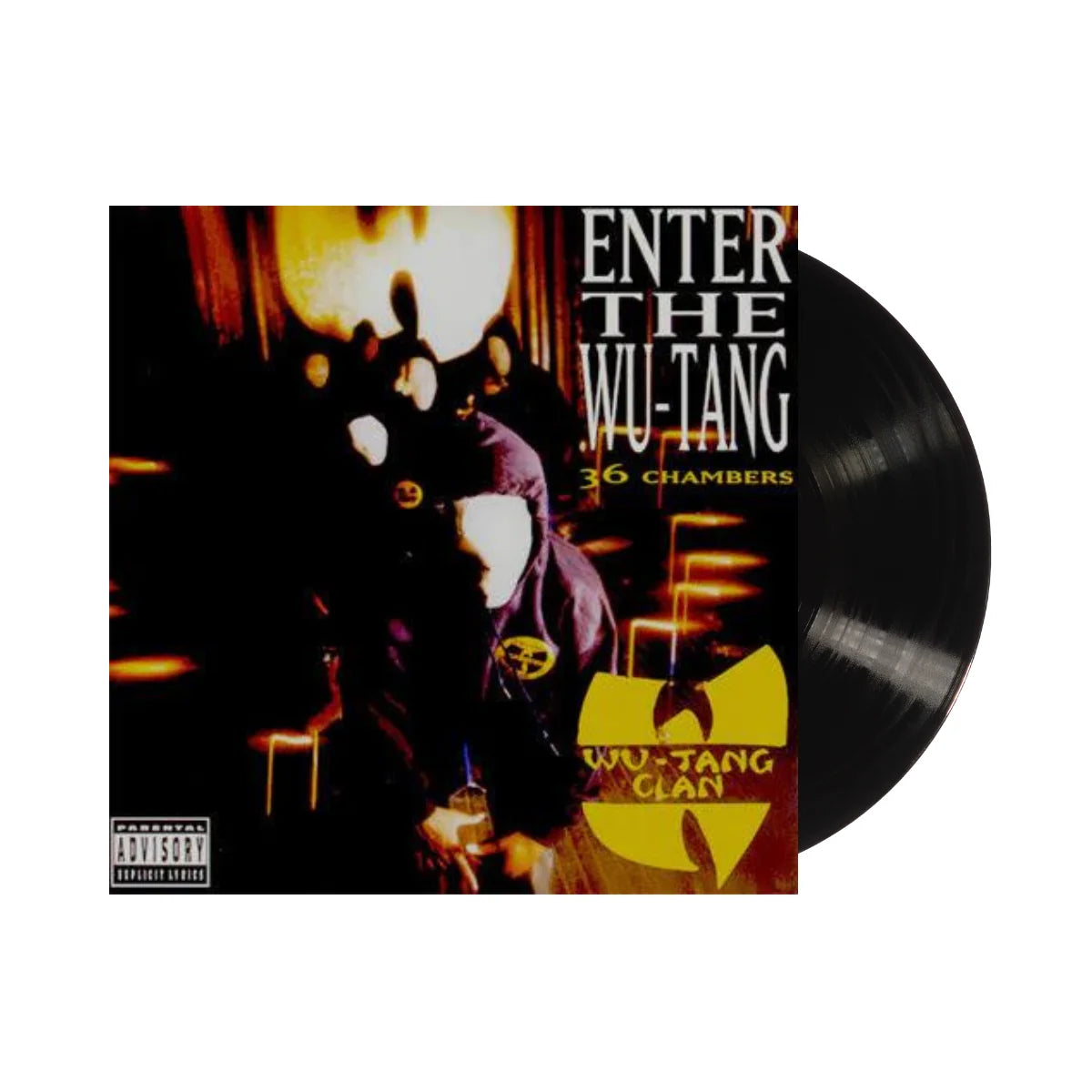
![Miles Davis - Kind of Blue [180-gram]](http://vinyl.com/cdn/shop/files/Y4LPMD03.webp?v=1742198237&width=5760)


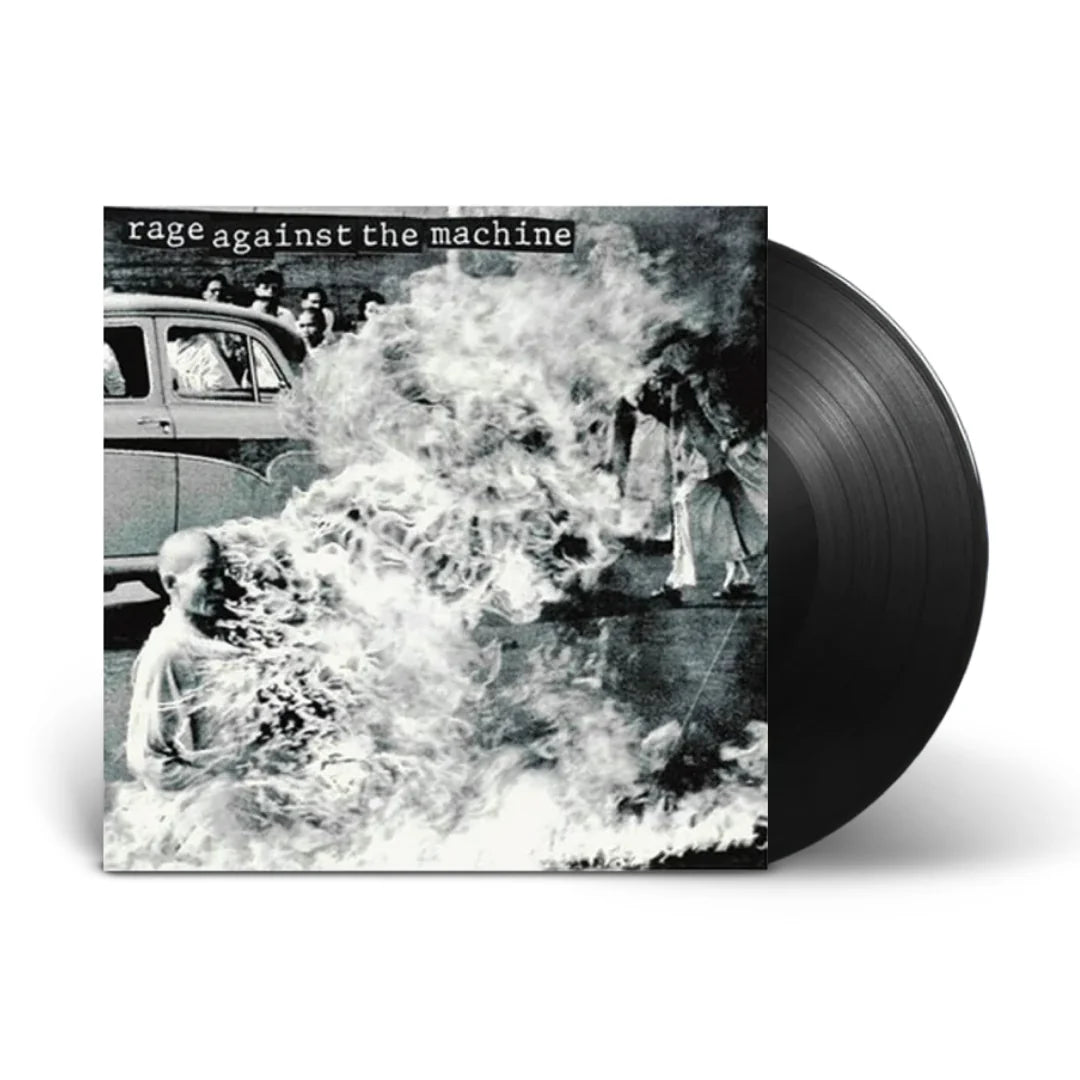
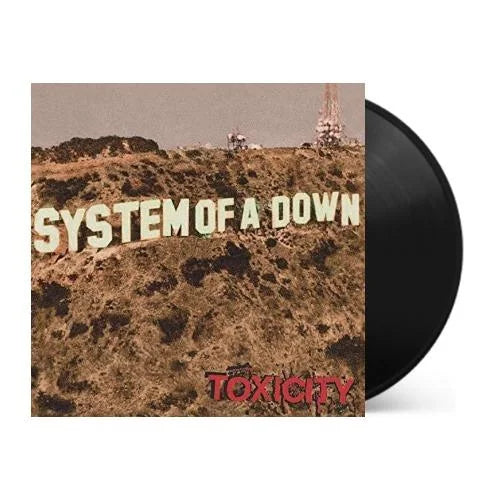
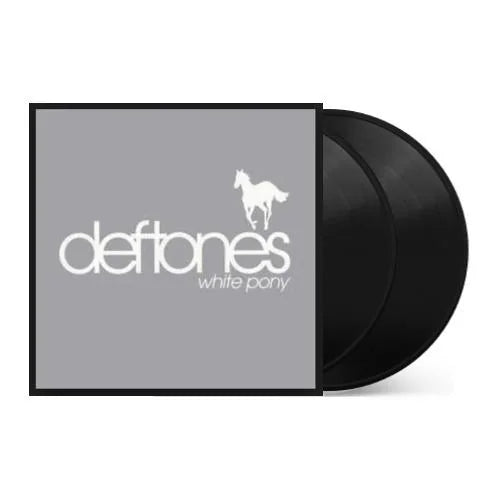
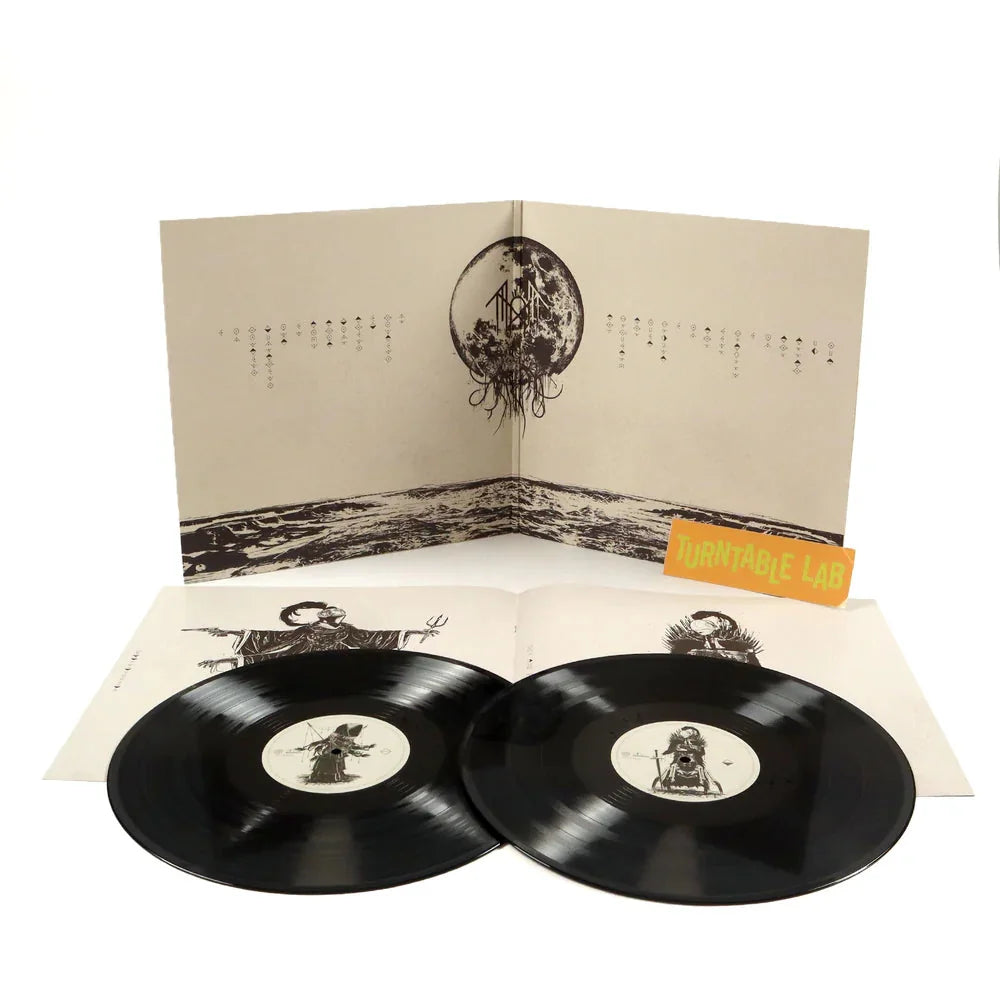
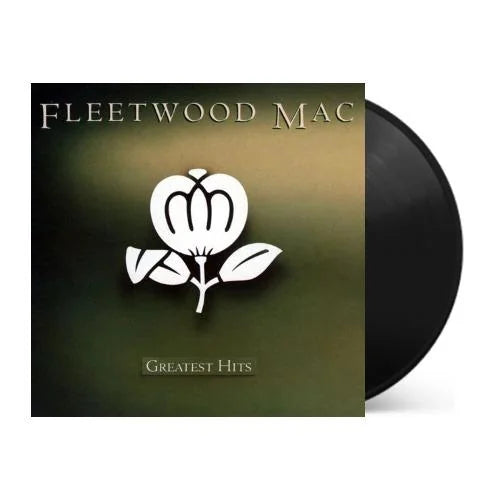

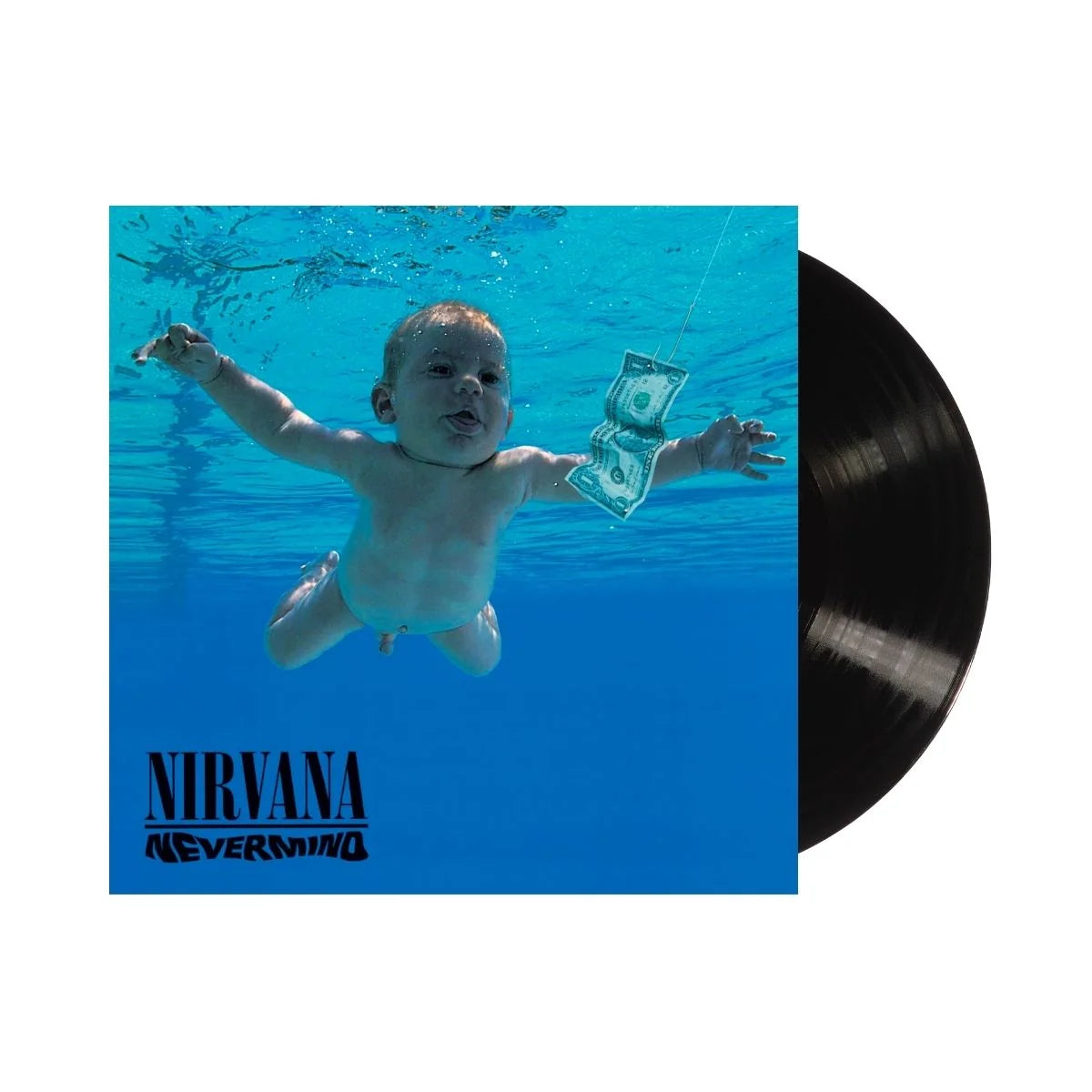
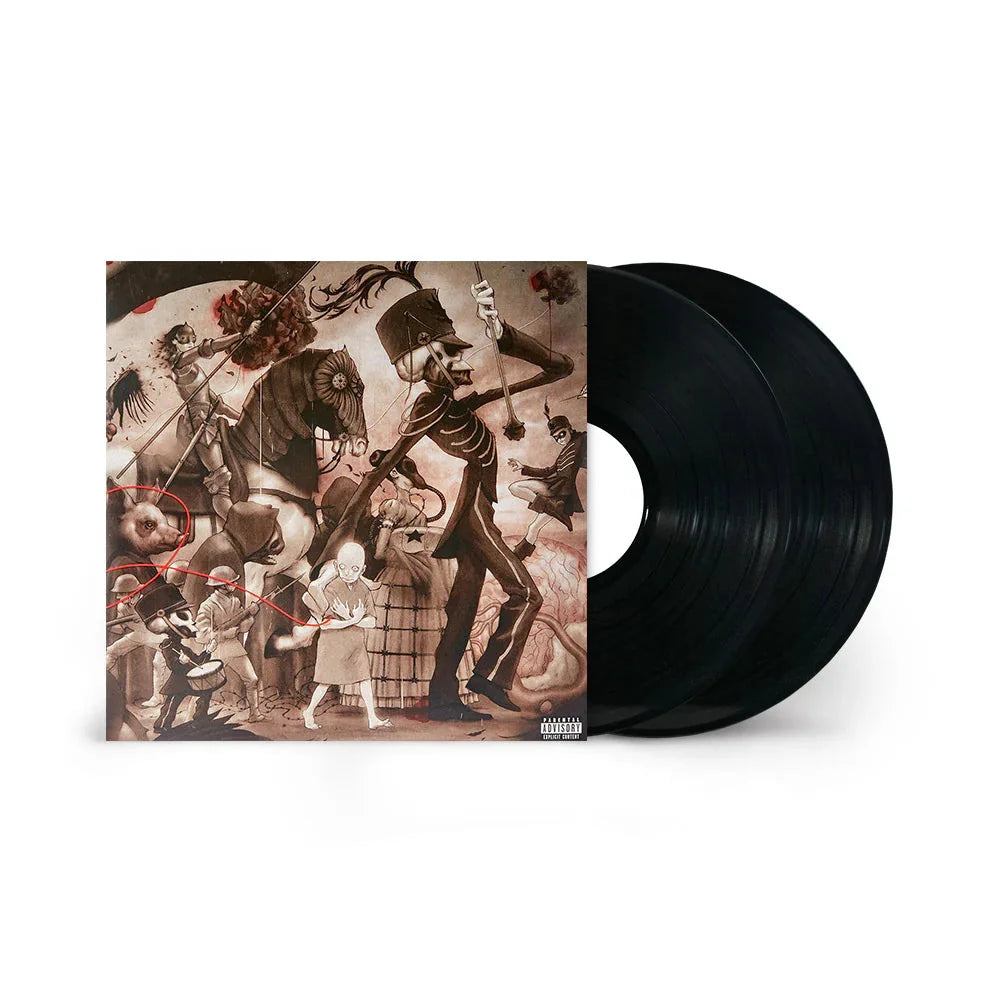


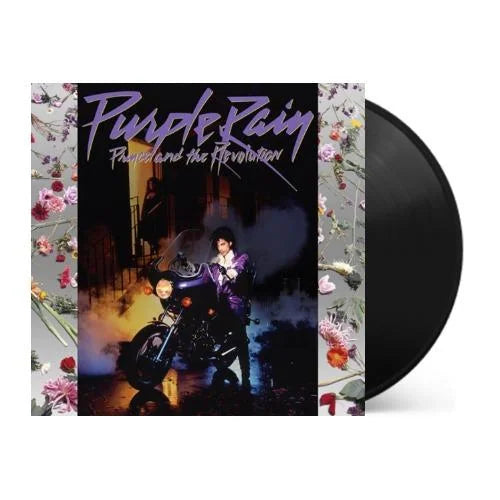
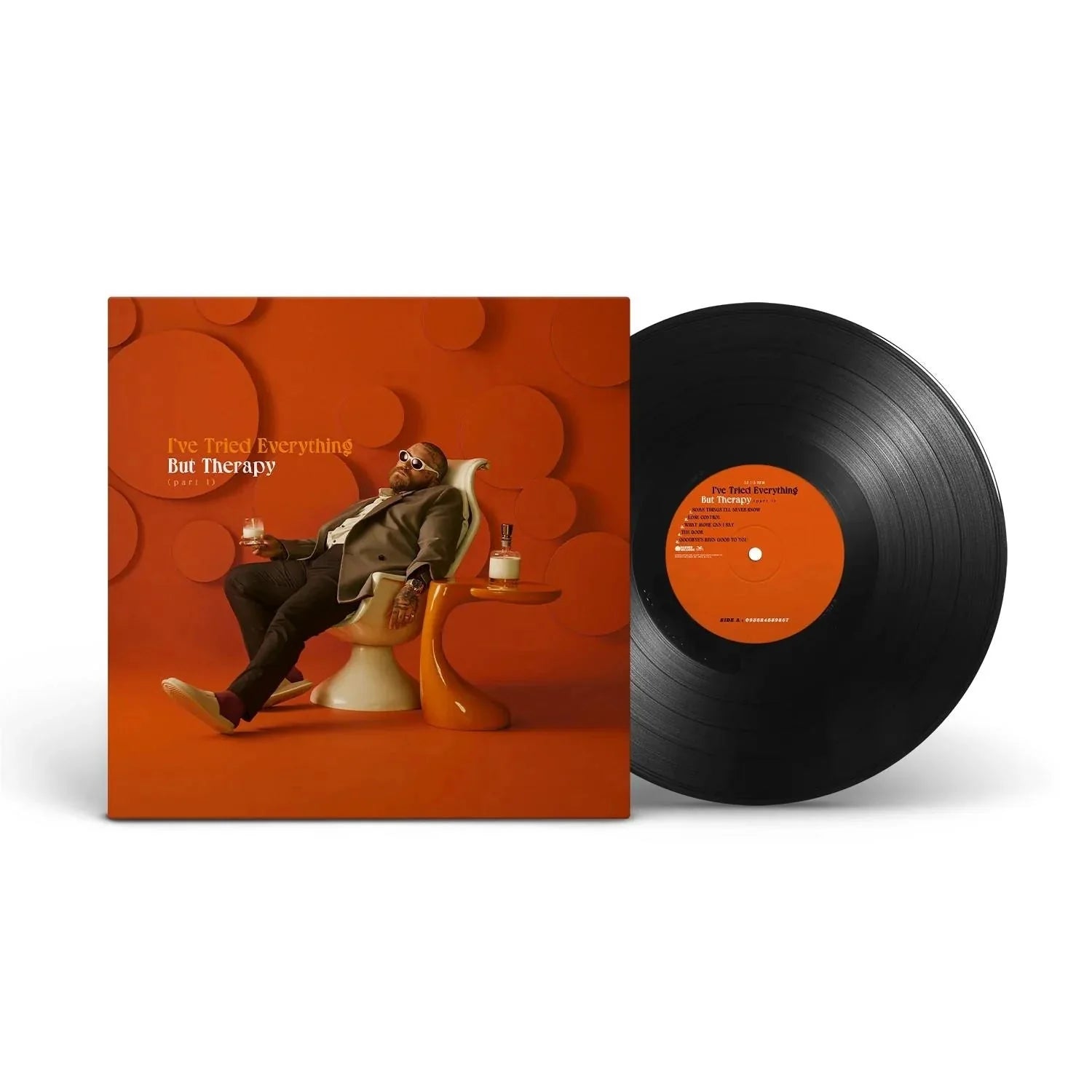
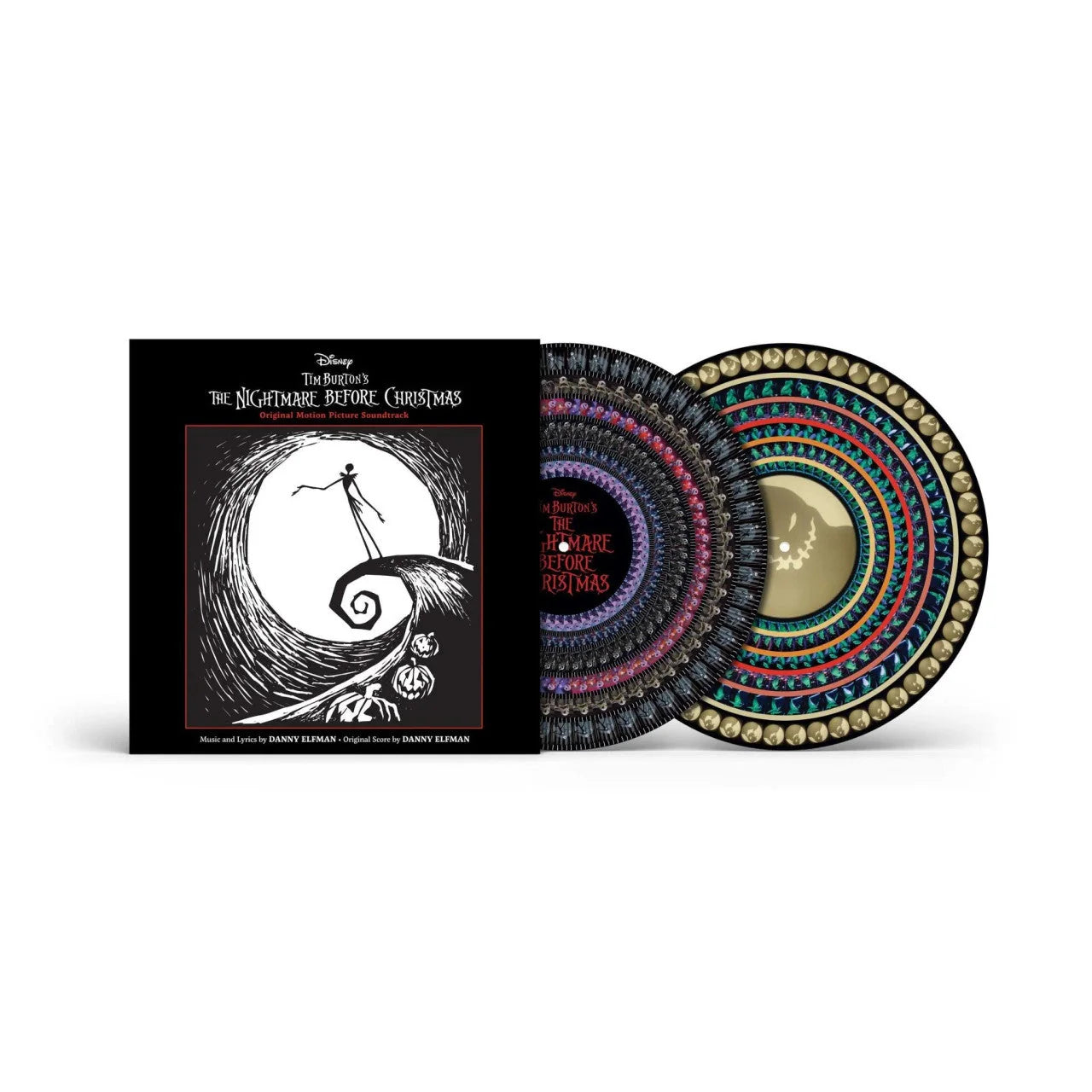

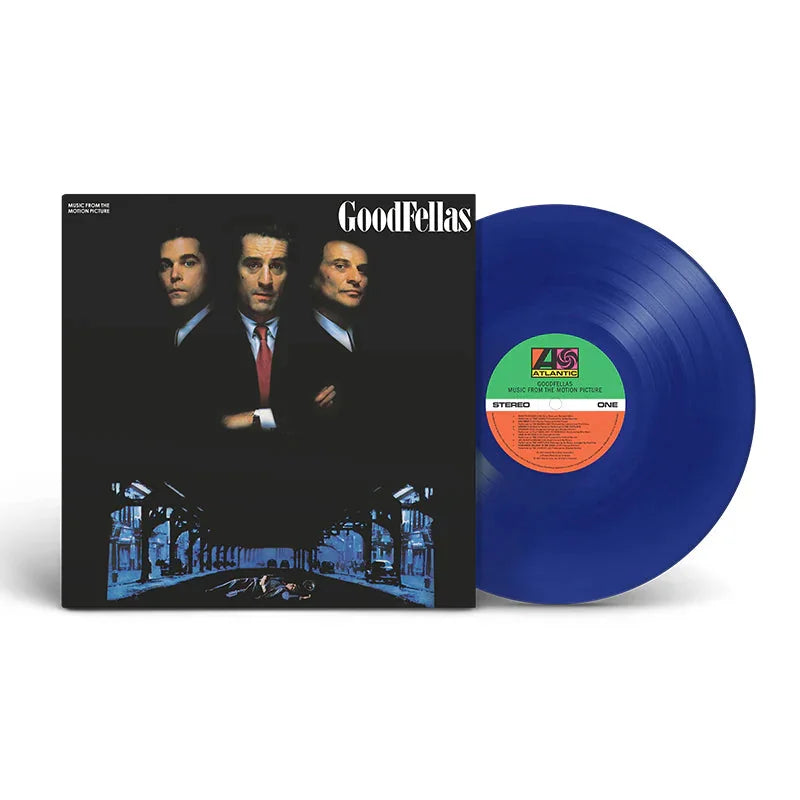
![Transformers: The Movie (Original Soundtrack) [Unicron Marbled 180-Gram]](http://vinyl.com/cdn/shop/files/4417308-3378319.jpg?v=1745982250&width=5760)












